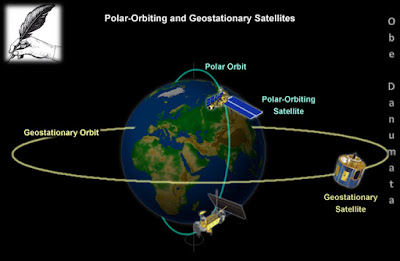SpaceTime - Full Documentary
In material science, spacetime is any numerical model that combines the three elements of room and the one component of time into a solitary four-dimensional continuum. Spacetime outlines can be utilized to envision relativistic impacts, for example, why diverse onlookers see where and when occasions happen.
Until the turn of the twentieth century, the presumption had been that the three-dimensional geometry of the universe (its spatial articulation as far as directions, separations, and bearings) was free of one-dimensional time. In any case, in 1905, Albert Einstein put together his original work with respect to extraordinary relativity on two hypothesizes: (1) The laws of material science are invariant (i.e., indistinguishable) in every single inertial framework (i.e., non-quickening casings of reference); (2) The speed of light in a vacuum is the equivalent for all onlookers, paying little heed to the movement of the light source.
The sensible outcome of taking these hypothesizes together is the indivisible consolidating of the four measurements, heretofore expected as autonomous, of reality. Numerous nonsensical outcomes rise: notwithstanding being free of the movement of the light source, the speed of light has a similar speed paying little mind to the edge of reference in which it is estimated; the separations and even worldly requesting of sets of occasions change when estimated in various inertial edges of reference (this is the relativity of synchronization); and the direct additivity of speeds never again remains constant.
Einstein surrounded his hypothesis regarding kinematics (the investigation of moving bodies). His hypothesis was a leap forward development over Lorentz's 1904 hypothesis of electromagnetic wonders and Poincaré's electrodynamic hypothesis. In spite of the fact that these hypotheses included conditions indistinguishable to those that Einstein presented (i.e. the Lorentz change), they were basically specially appointed models proposed to clarify the aftereffects of different tests—including the popular Michelson– Morley interferometer analyze—that were to a great degree hard to fit into existing ideal models.
In 1908, Hermann Minkowski—when one of the math educators of a youthful Einstein in Zürich—exhibited a geometric elucidation of extraordinary relativity that melded time and the three spatial components of room into a solitary four-dimensional continuum presently known as Minkowski space. A key component of this elucidation is the formal meaning of the spacetime interim. Despite the fact that estimations of separation and time between occasions vary for estimations made in various reference outlines, the spacetime interim is free of the inertial edge of reference in which they are recorded.





Comments
Post a Comment